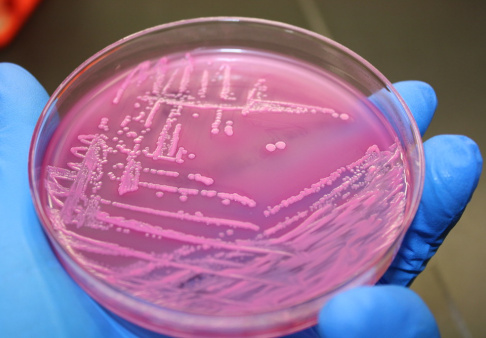› Forums › IoTStack › Discussions (IoTStack) › New Internet of Things Made of Gut Bacteria
Tagged: Development_G5
- This topic is empty.
-
AuthorPosts
-
-
February 16, 2019 at 6:24 pm #39558
#Discussion(IoTStack) [ via IoTGroup ]
A new study , written by Raphael Kim and Stefan Poslad from Queen Mary University in London, explores the possibility of using bacteria as substrate to build a biological version of the Internet of Things.
What does bacterium have in common with an Internet of Things (IoT) device?
Researchers admit that their analyses is oversimplified, however, their goal is to show basic analogy between a bacterial and a IoT device, as well as highlight main features of bacteria that could enable rich exploration of microbes in the context of IoT.
Bacteria have no problem with that.
E. coli can sense an extremely wide range of stimuli: light, chemicals, mechanical stress, electromagnetic fields, temperature, acidity, to name a few.
Bacteria can respond to the stimuli in very different ways.
coli doesn’t have a furry tail like a dog, instead, it uses a special motile organelle, called flagella , to move in the environment.
Another way to respond involves chemicals: microbe produces specialized proteins.
Bacterium has quite the memory card, it stores ton of information in its circular chromosome and numerous plasmids (small circular DNA molecules).
The DNA not only offers storage of data, it also encodes instructions that can be translated into viable functions via small organelles called ribosomes.
While chromosome contains mostly instructions for cell functioning, plasmids are commonly used to introduce a wide range of genes into the organism, in other words, plasmids can be used for function customization and storage of new data.
Finally, we need a transceiver, a component designed to allow both the transmission and reception of communication.
Also, pilus , a hair-like appendage found on the surface of the bacteria, allows microbes to share information with each other.
Also, bacteria can be used as information carriers: digital information needs to be translated into DNA, and later it can be decoded back into the digital format.
Read More..
AutoTextExtraction by Working BoT using SmartNews 1.0299999999 Build 26 Aug 2019
-
-
AuthorPosts
- You must be logged in to reply to this topic.
